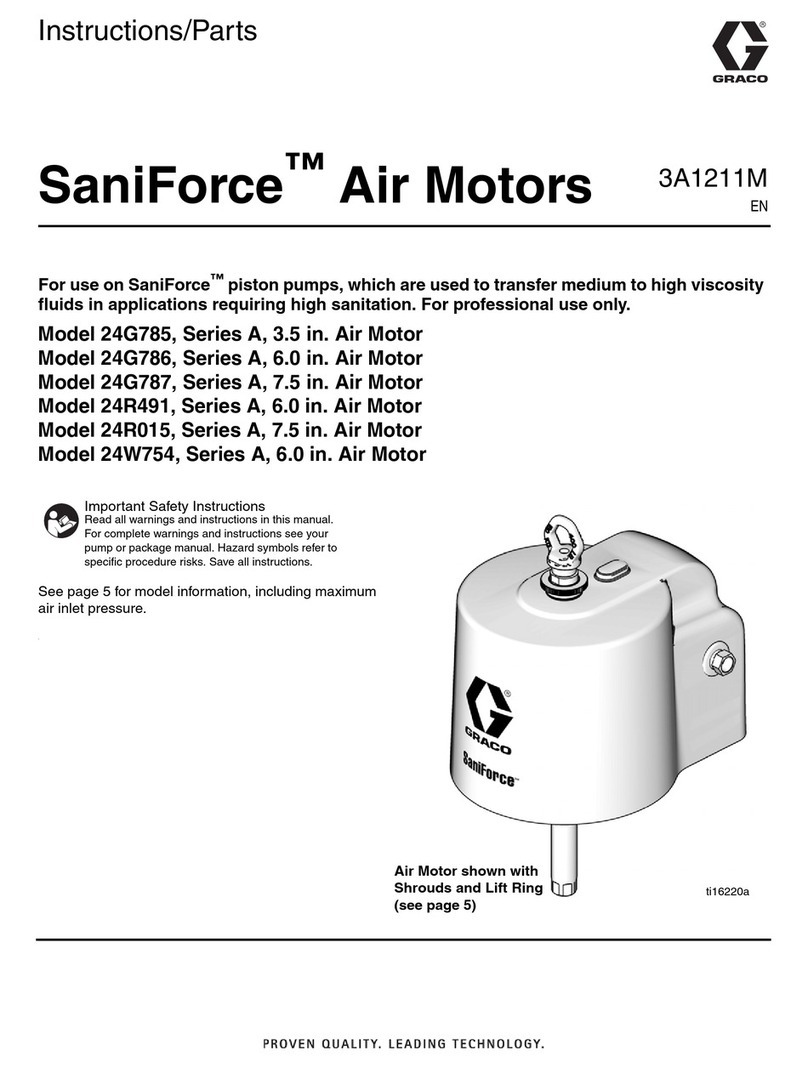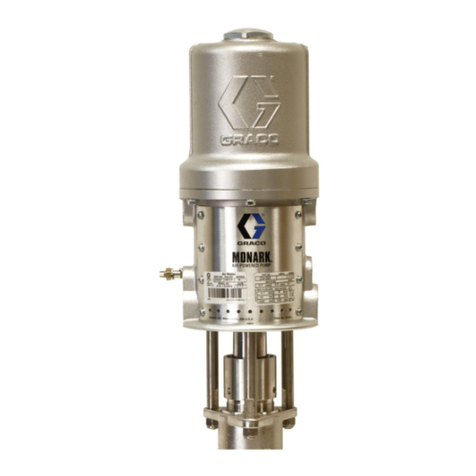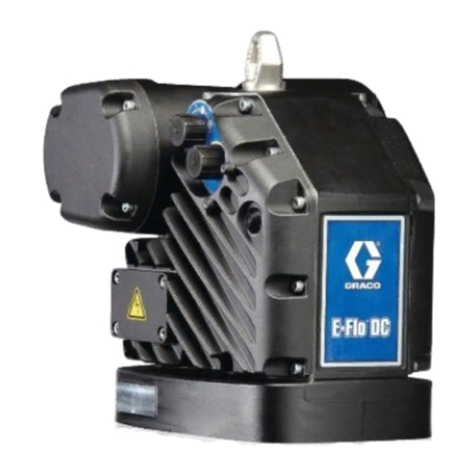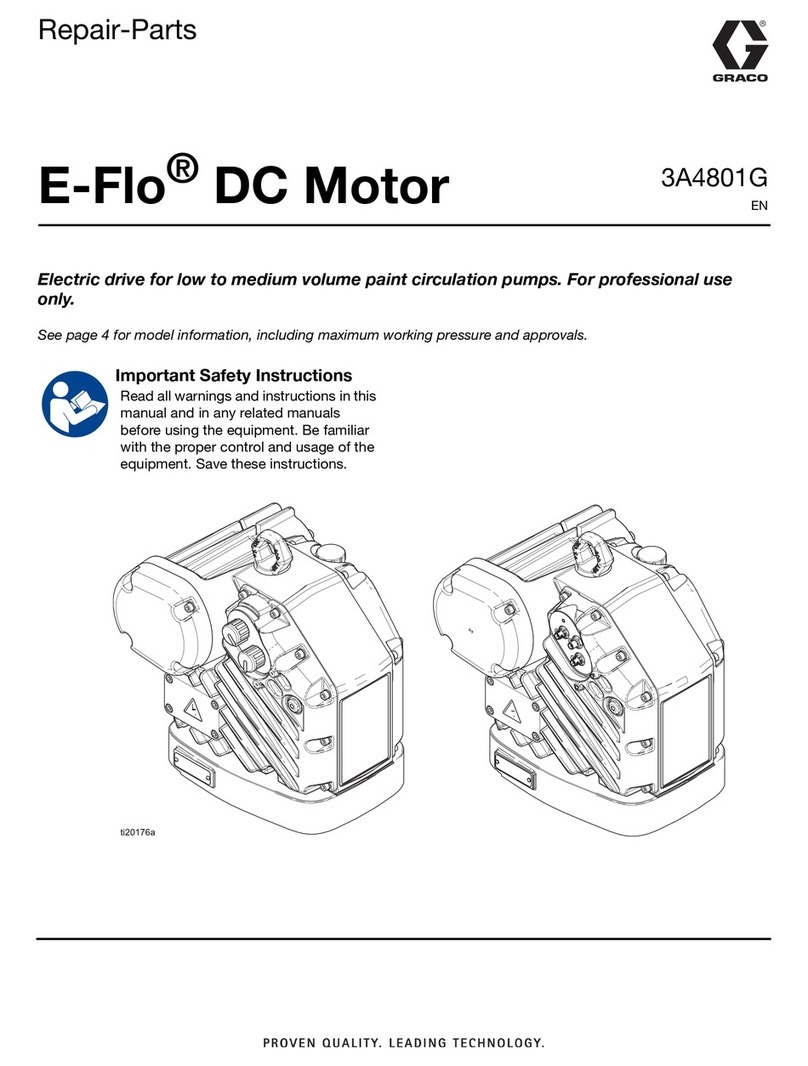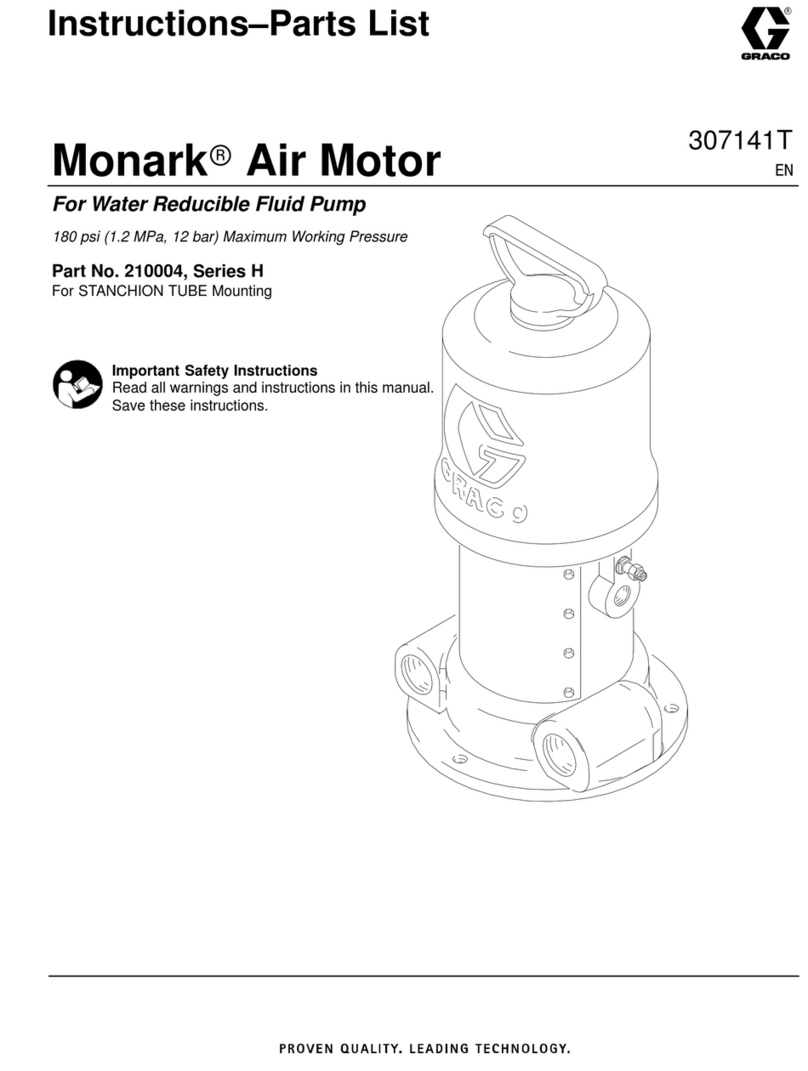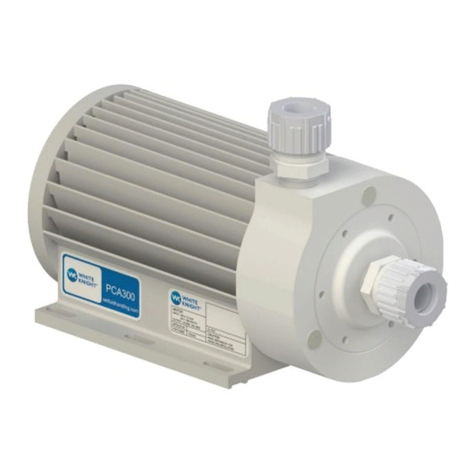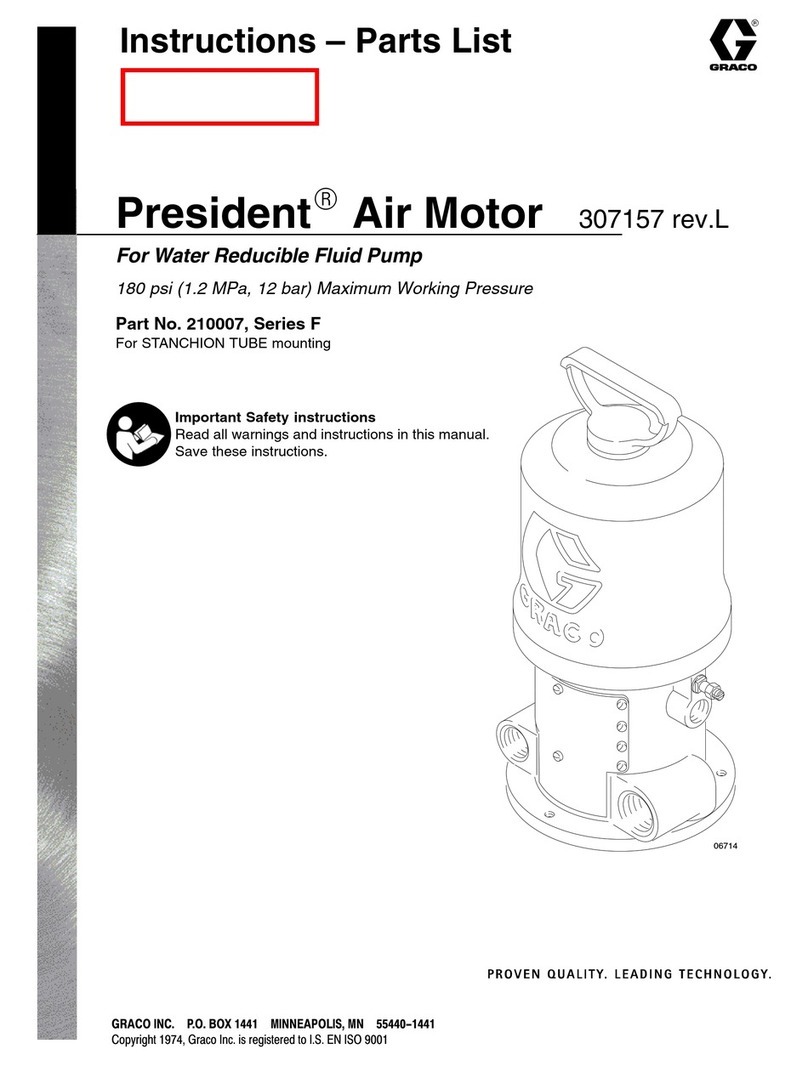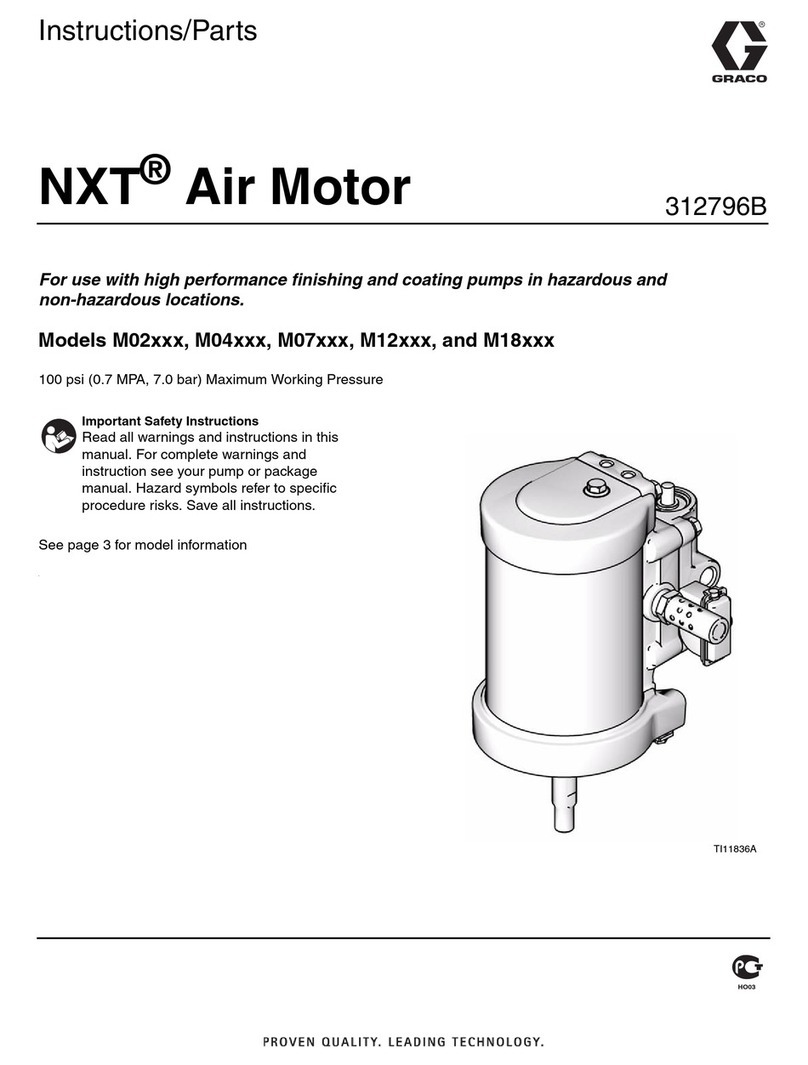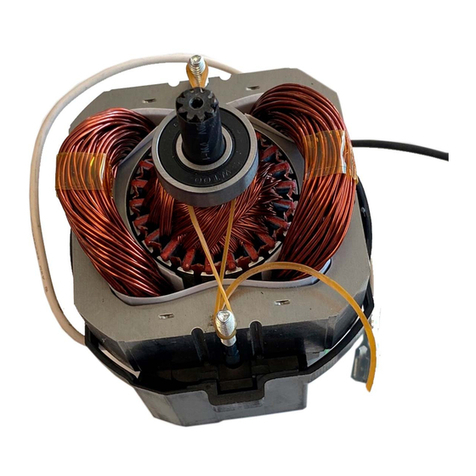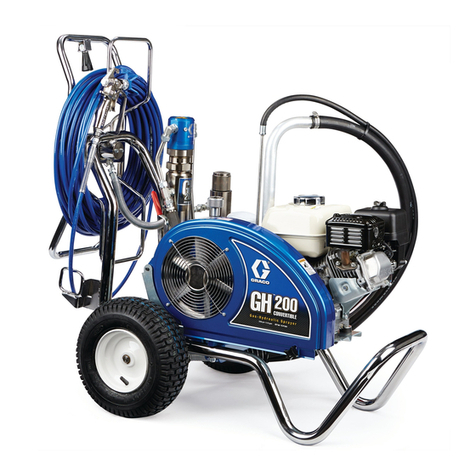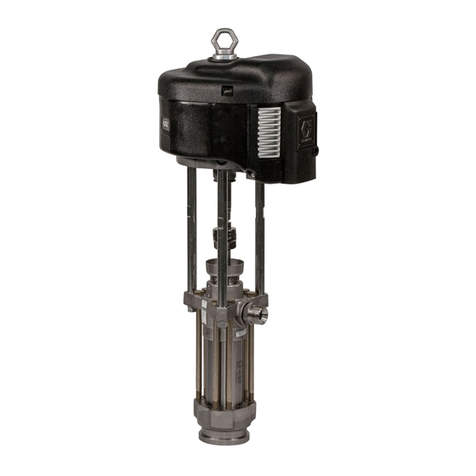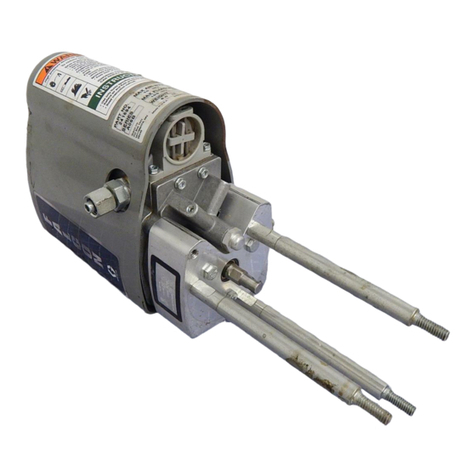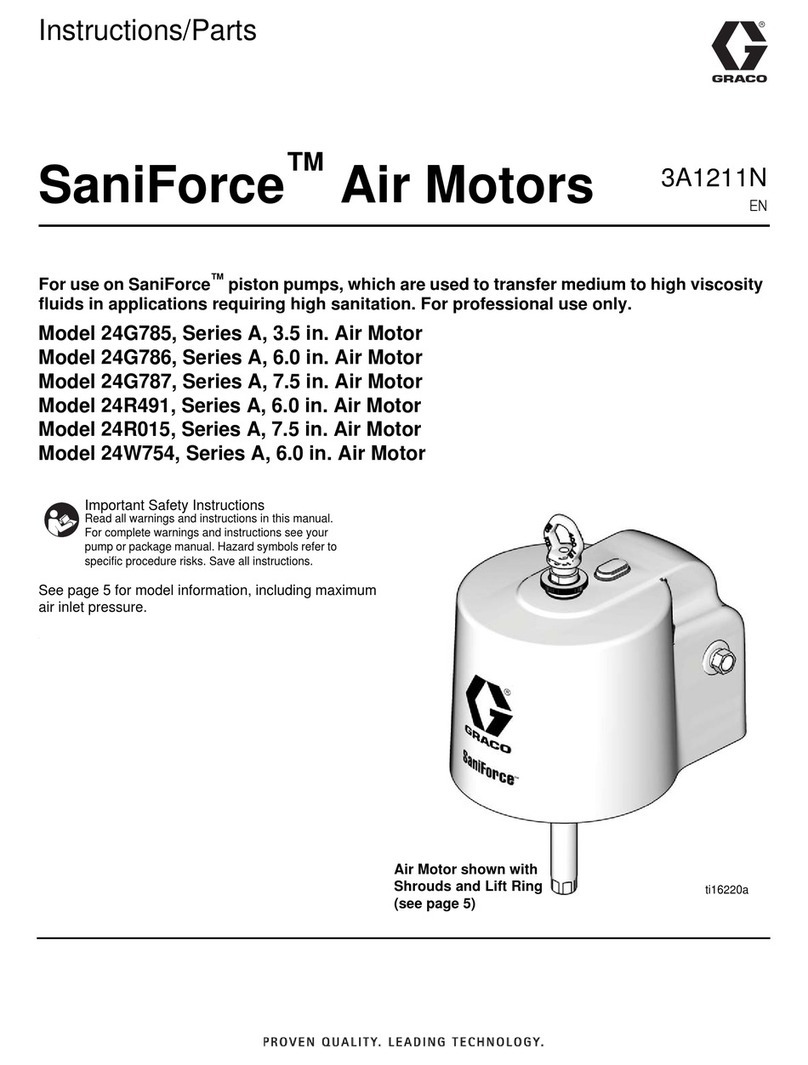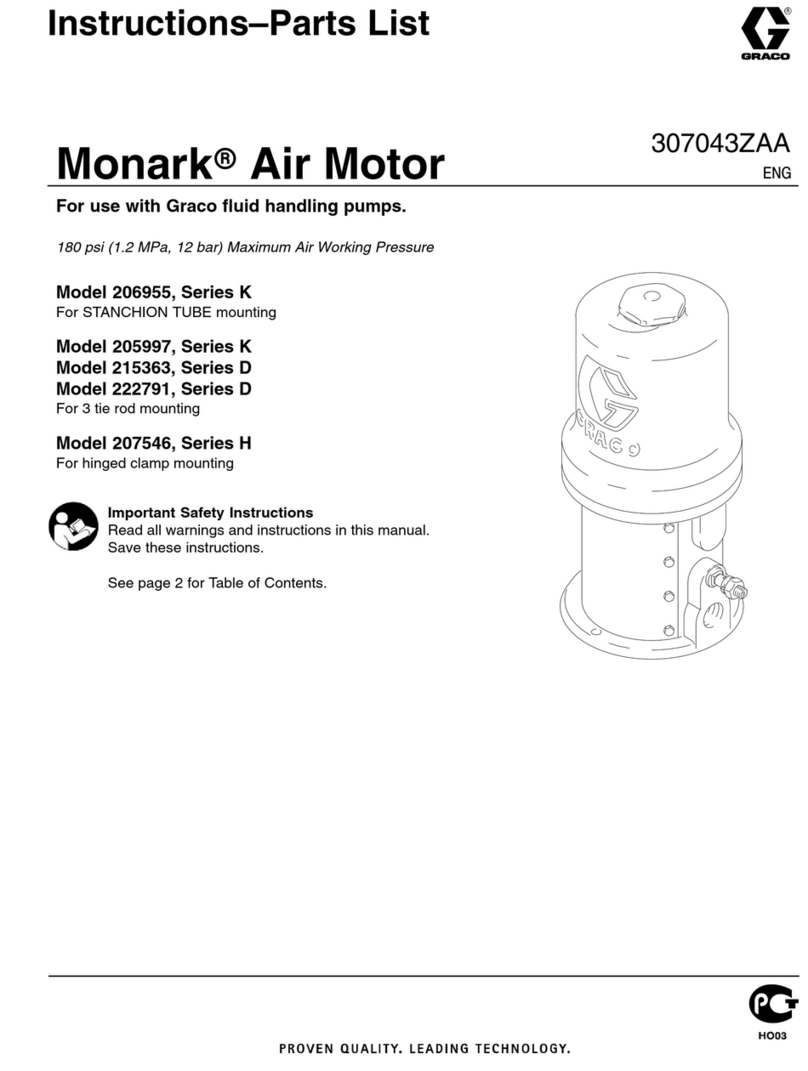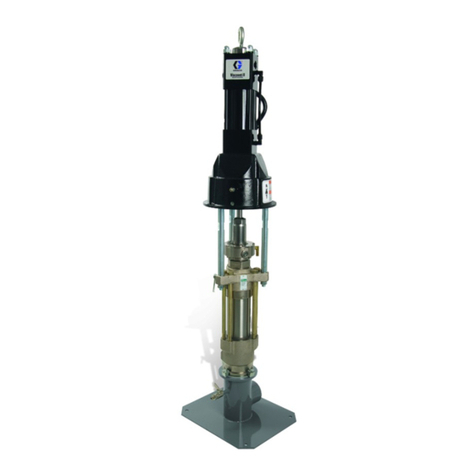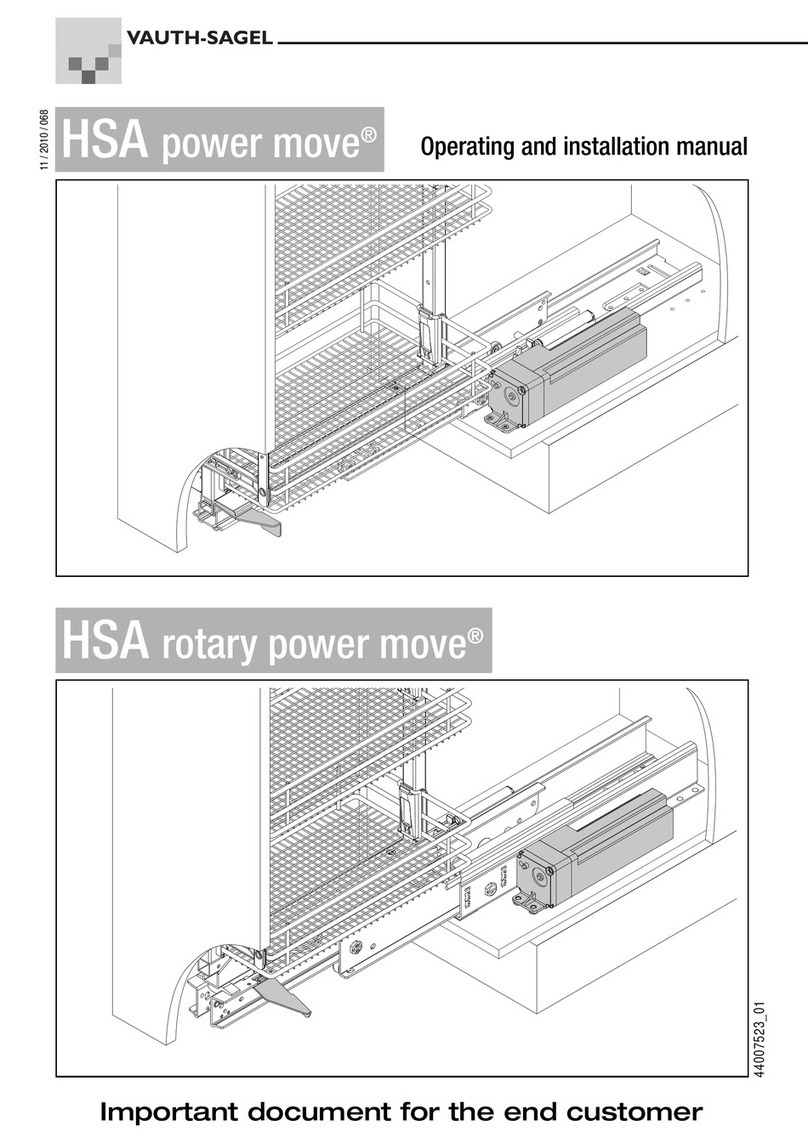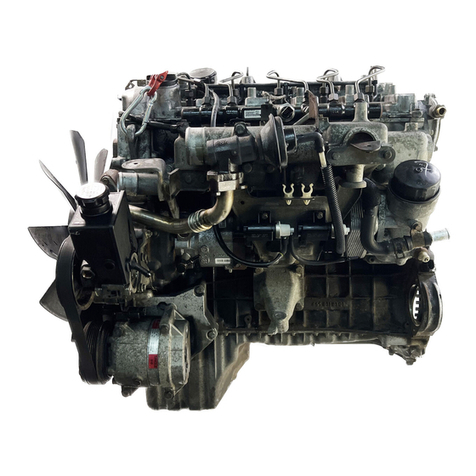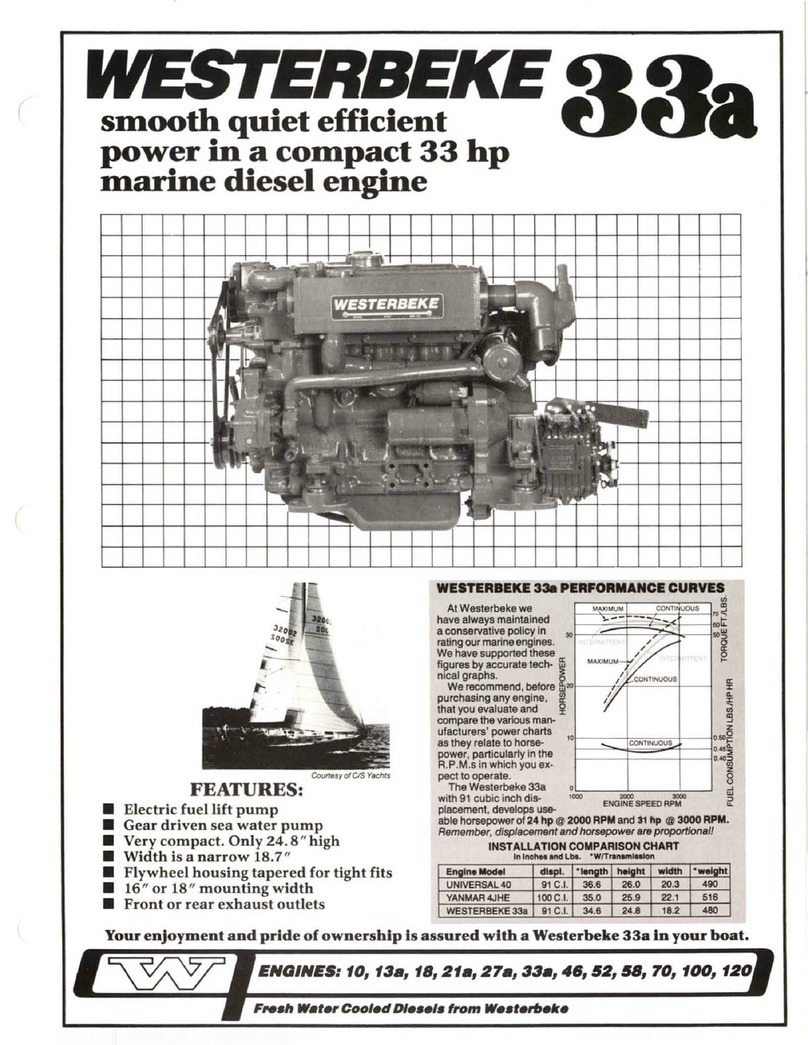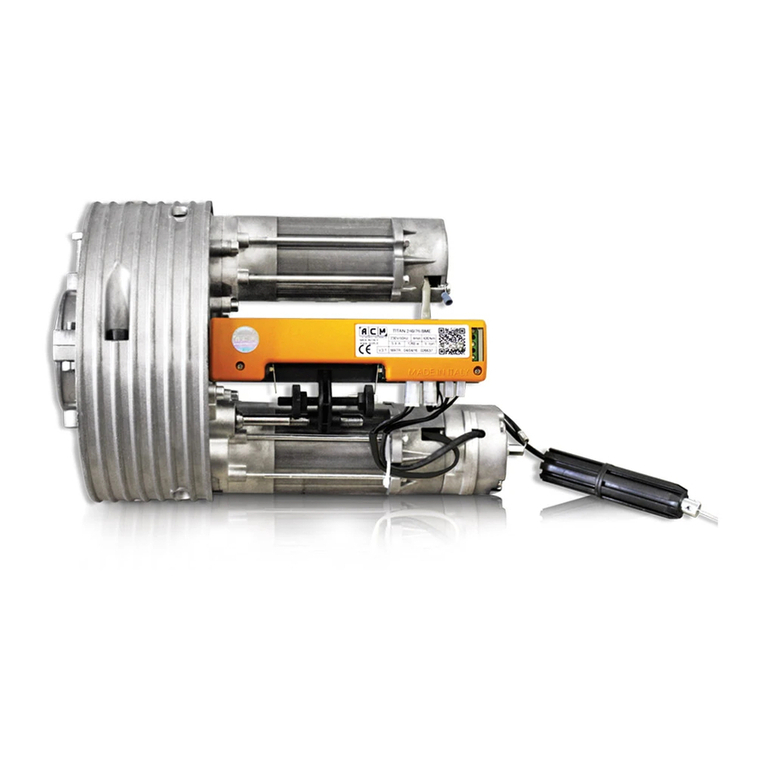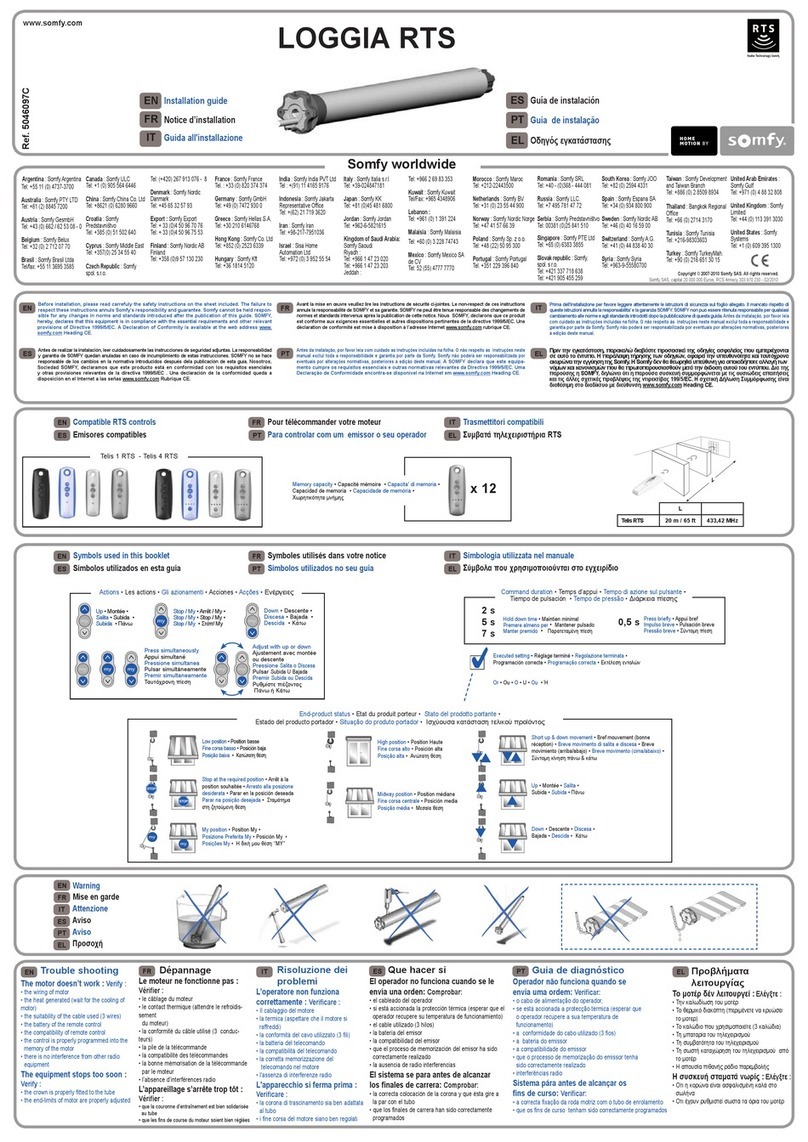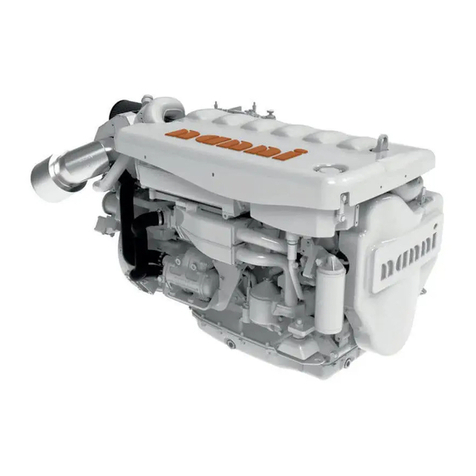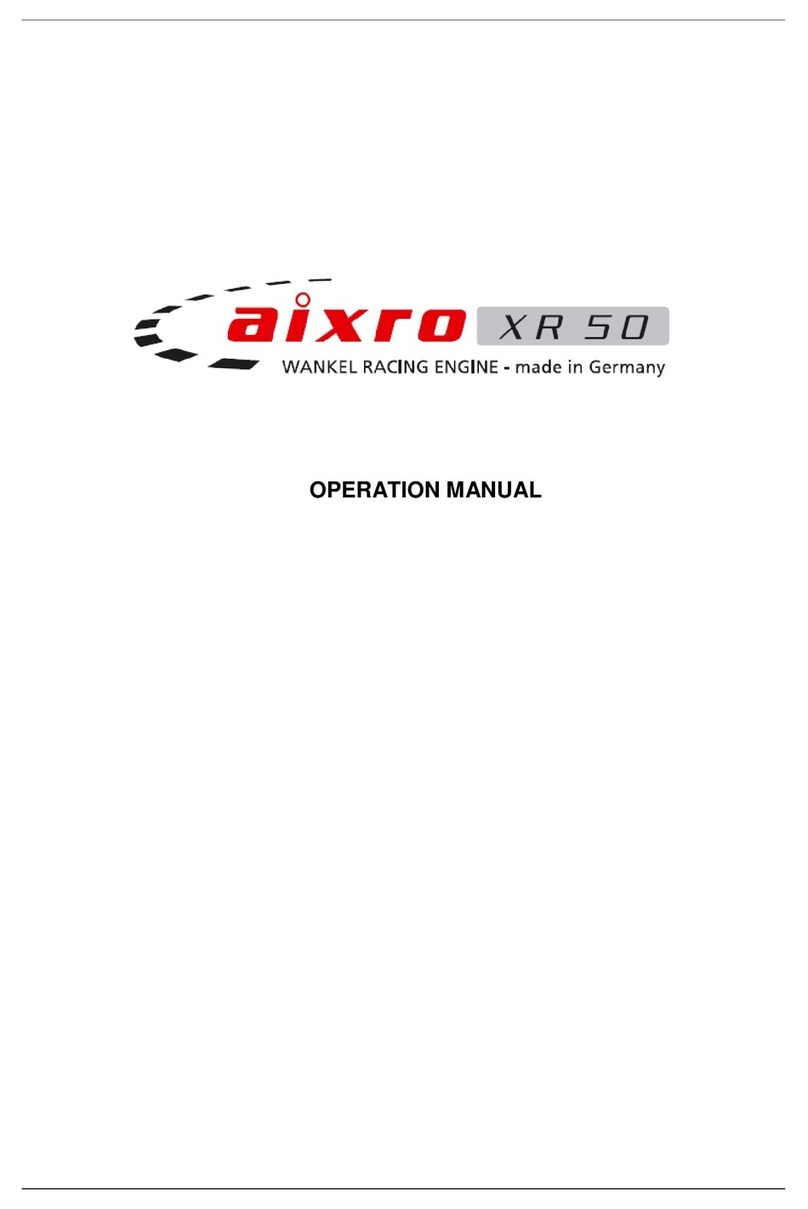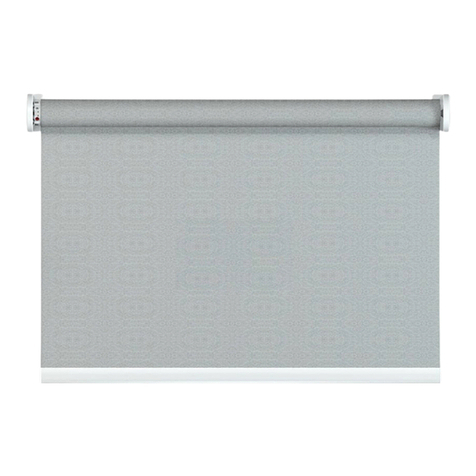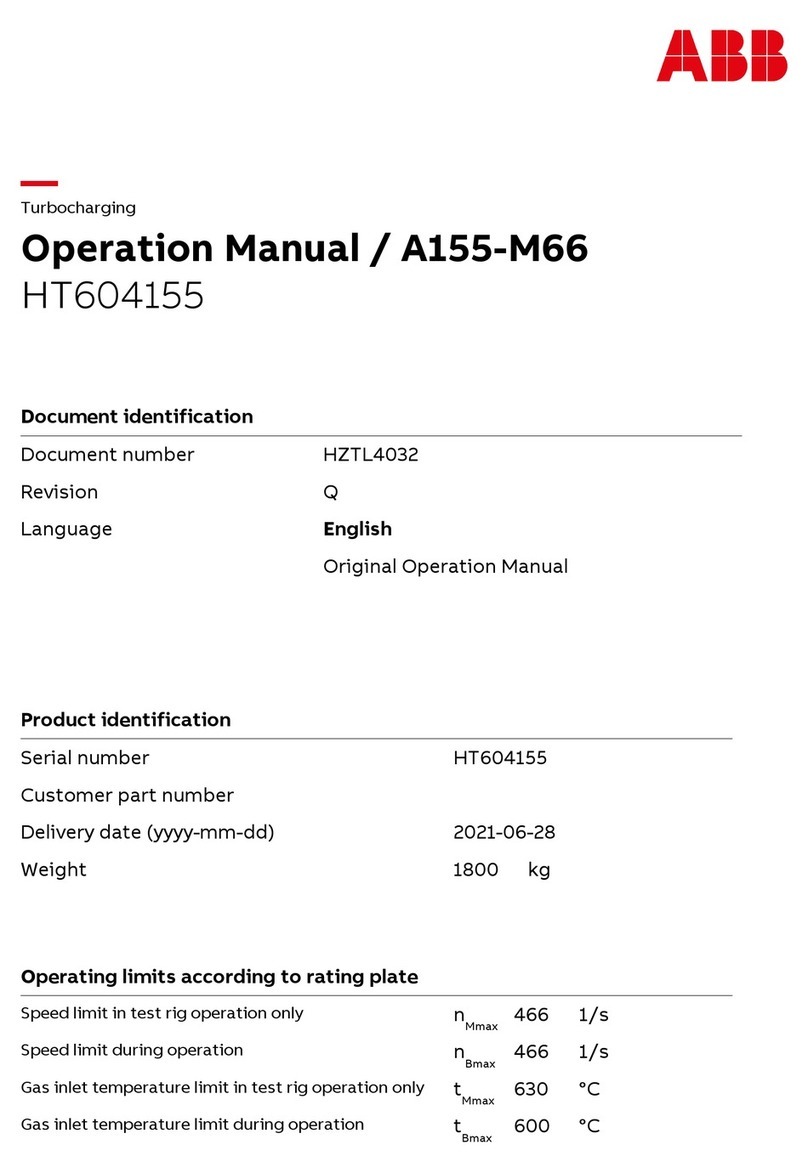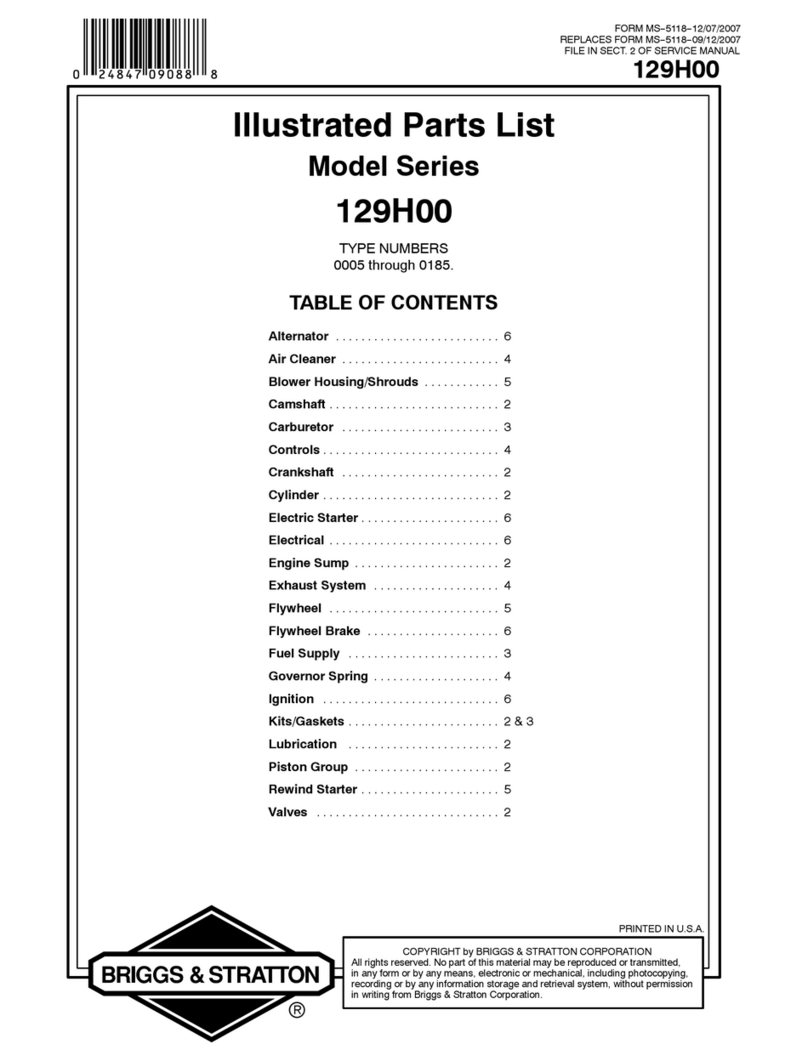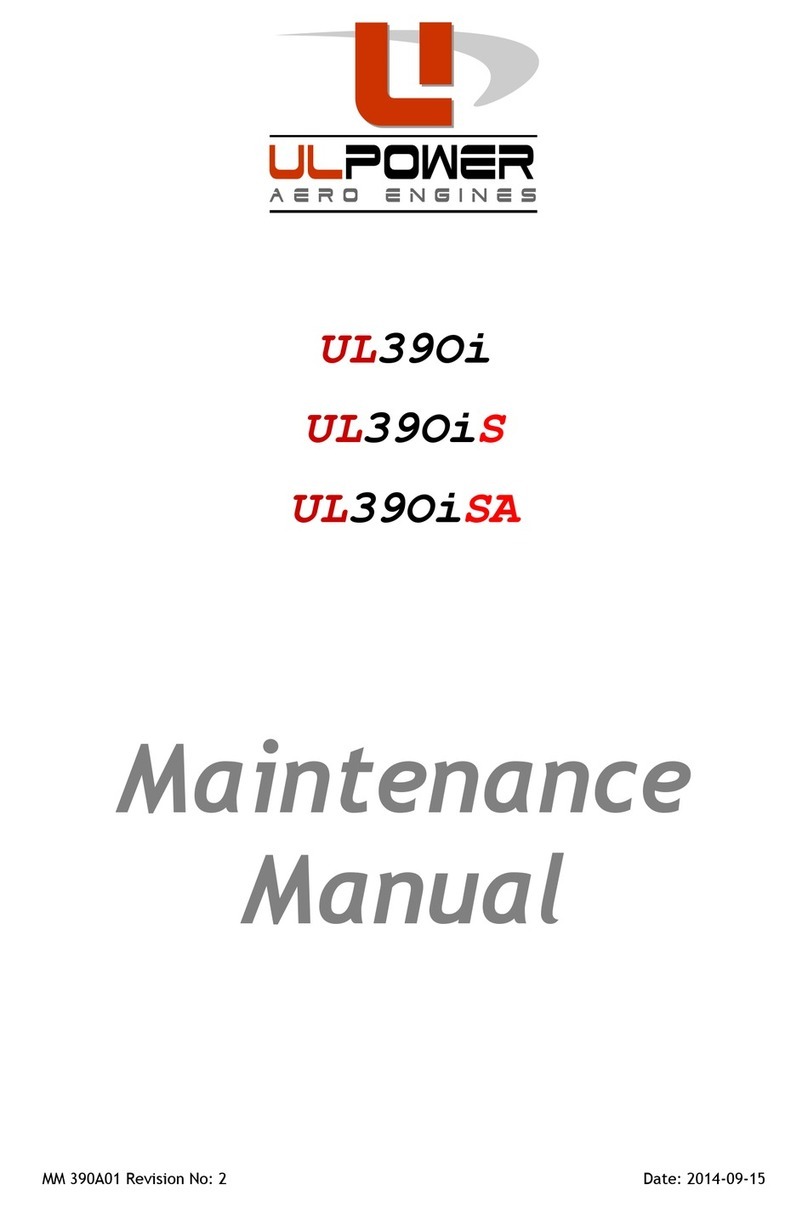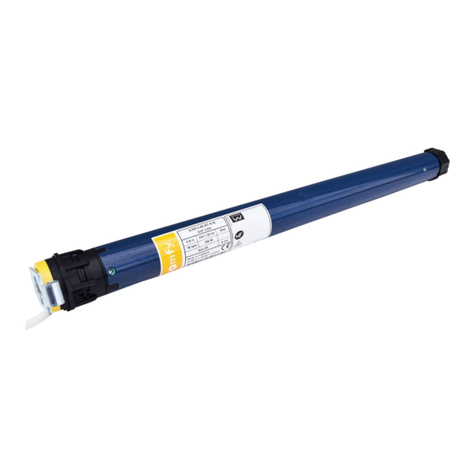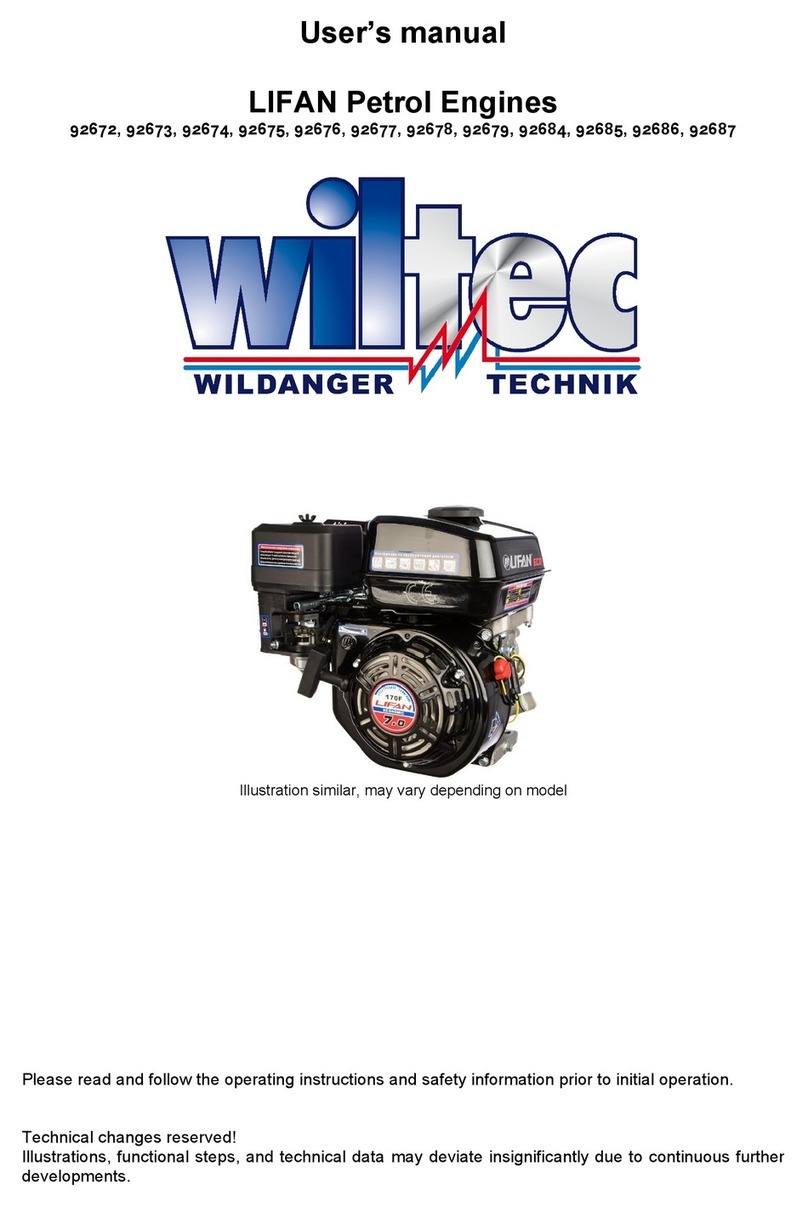
12 307-050
Service
NOTE:
Packing
Repair Kit 206–734 is available. Use all
the new parts in the kit, even if the old ones look good.
Be
sure you have all the
repair parts available to reduce
down time. Reference numbers with an asterisk, for ex-
ample (52*), indicate parts included in the kit.
Air
V
alve Repair (See Fig 6)
WARNING
To
reduce the risk of serious injury whenever you
are instructed to relieve pressure, always follow the
Pressure Relief Procedure
on page 7.
1.
Relieve the pressure
.
2.
Remove the stroke adjuster as explained in Step 2
of
Stroke Adjuster Repair
.
3.
Remove the air inlet fitting (35) and disconnect the
ground
wire. See the Parts Drawing.
4.
Remove
the screws (43), washers (38) and air motor
shield
(37). See the Parts Drawing.
5.
Unscrew each spring retainer (66) and remove the
spring (68), guide (67) and plunger (83) from each
side
of the detent housing (82).
CAUTION
Handle all springs carefully
. Nicks and scratches
cause extra stress on the weakened points of the
springs and may cause them to break during use.
6.
Remove
the screws (46)
and washers (40) from the
detent housing
(82). Carefully lift the housing so the
rollers (85) and axles (86) are not dropped or dam-
aged.
Remove the washer (60) and pad (61).
7.
While holding in the director valves (74), push the
motor
piston up from the bottom of the base (2).
T
urn
the
air valve housing (64) so it rests on the manifolds
(78).
Remove the
spring (59), o–ring (52) and air di
-
rector
valve (74) from each side of the housing.
8.
Pull
the trip rod (33)
up as far as possible and grasp
it with the special locking pliers (order part no.
207-579).
Hold the flats of
the air valve housing with
a
wrench, screw of
f the trip rod nut (65) and remove
the lockwasher (42). Remove the air valve housing
(64).
Screw of
f the hub (69). Release the pliers.
CAUTION
Be sure the trip rod (33) does not turn, which would
change the stroke setting. Also, be careful not to
damage the rod surface.
9.
Remove the two screws (41) and lockwashers (42)
from each air manifold (78). Remove the manifold
gaskets (75) from the cylinder (81).
WARNING
The valve plate (84) openings are razor sharp! Be
careful not to cut yourself when handling them.
10. Check the valve plates (84) and seals (76) and re-
place
them if they are worn or damaged.
11. Clean the mating surfaces of the valve plates and
manifolds,
then reassemble using the screws (47).
NOTE: If no further service is needed, skip to Reas-
sembly
Step 1
1.
NOTE: T
o service the piston, continue as follows.
01819
Fig 6
66
68*
67
83
85 86
61
60
65
42
64 69
33
41
42
46
40
82
78
*75
*84 47
*74
*52*59
91
76
61
60
49




















